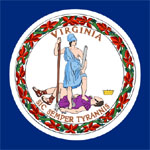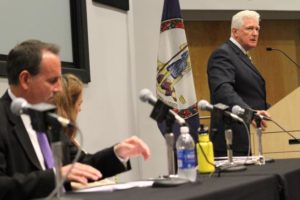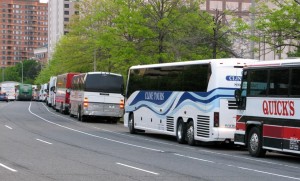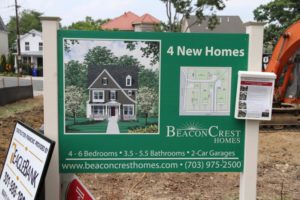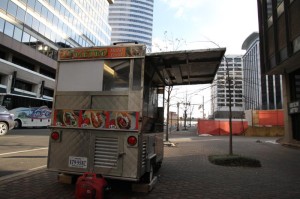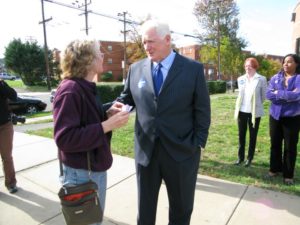The Right Note is a weekly opinion column published on Thursdays. The views and opinions expressed in the column are those of the author and do not necessarily reflect the views of ARLnow.com.
 The United States continues to battle Japan for the dubious distinction of having the highest corporate tax rate in the world. It is not a place in the world rankings we should aspire to hold if we want to remain the global economic leader for generations to come. While our unemployment rate is inching down, too many Americans have simply given up looking for work. So, it is incumbent upon elected officials to create a pro-growth environment at every level of government.
The United States continues to battle Japan for the dubious distinction of having the highest corporate tax rate in the world. It is not a place in the world rankings we should aspire to hold if we want to remain the global economic leader for generations to come. While our unemployment rate is inching down, too many Americans have simply given up looking for work. So, it is incumbent upon elected officials to create a pro-growth environment at every level of government.
This week Virginia gubernatorial candidate and Attorney General Ken Cuccinelli outlined his Economic Growth & Virginia Jobs Plan. It touches on a number of items, but I wanted to highlight three:
First, the plan calls for capping state government spending growth at no more than the rate of population plus inflation. This is a common sense measure that would give legislators in Richmond a reasonable budget to work with every two years. Hopefully, the idea would be given the force and effect of law rather than simply be stated as a goal.
Second, the plan would reduce the corporate income tax rate to 4 percent, which would make Virginia’s rate one of the most attractive in the country. Certainly, one of the ways, other than savings from a cap in spending growth, to accommodate the tax rate reduction is by heeding Cuccinelli’s call to curtail special interest tax breaks. Leveling the playing field for all businesses in Virginia makes sense.
Third, the plan would create a Small Business Tax Relief Commission. One of the goals of this commission is to reduce or eliminate the BPOL tax. As noted last week, BPOL is a tax on gross receipts, not income. This tax particularly hurts businesses with the slimmest profit margins.
Making jobs and the economy his first specific policy rollout sends a strong signal about the highest priority of the Cuccinelli campaign. For comparison, Terry McAuliffe’s website does feature an issue section with a page on jobs or the economy. His sole economic growth policy position is that we should invest in the creation of “green jobs”, which probably means taxpayer funded special interest incentives. McAuliffe has maintained this priority even after a string of negative reports on his GreenTech Automotive venture. Based on GreenTech, and failed companies like Solyndra, Virginians should be wary of any government attempts to pick winners and losers.
Competition for businesses, and the jobs they bring, will continue between states. We should expect our next governor to have a plan to make Virginia number one in private sector job creation.
Mark Kelly is a former Arlington GOP Chairman and two-time Republican candidate for Arlington County Board.




